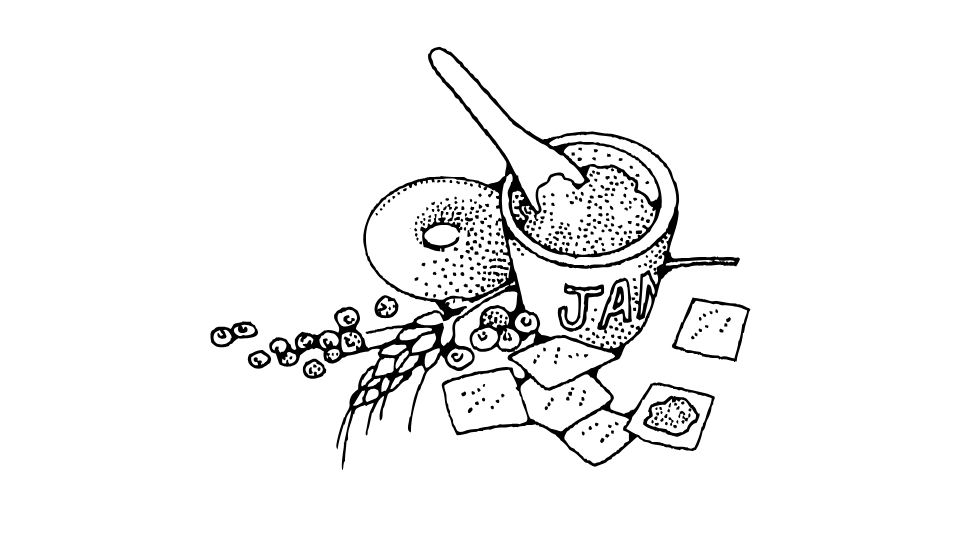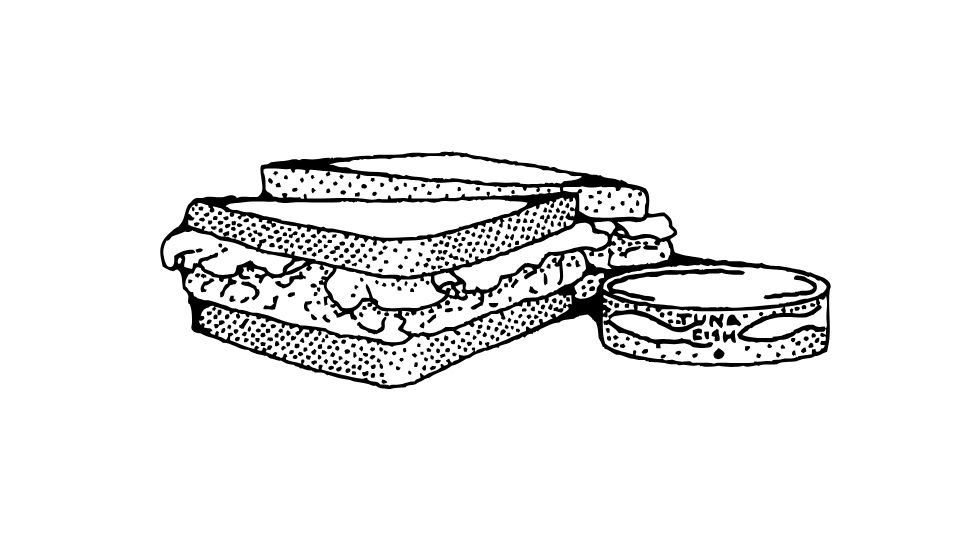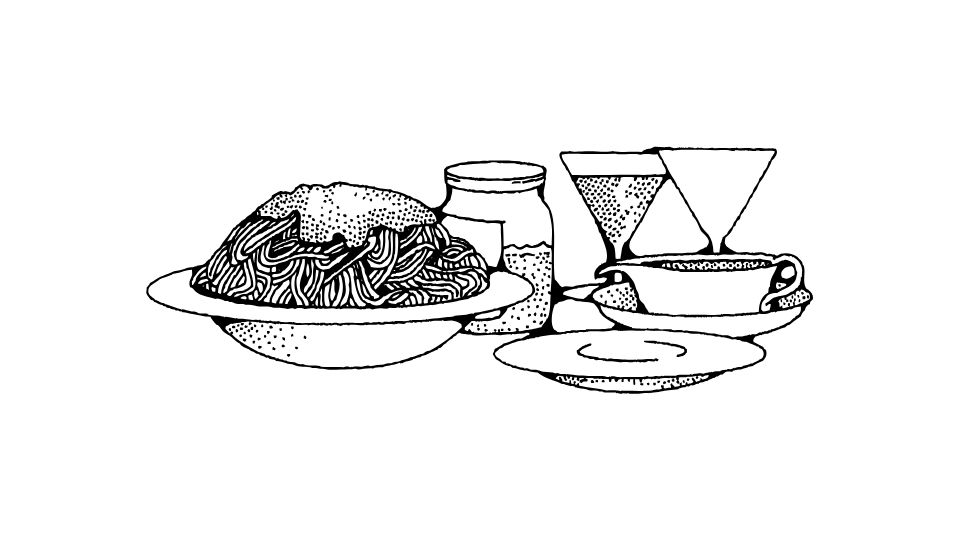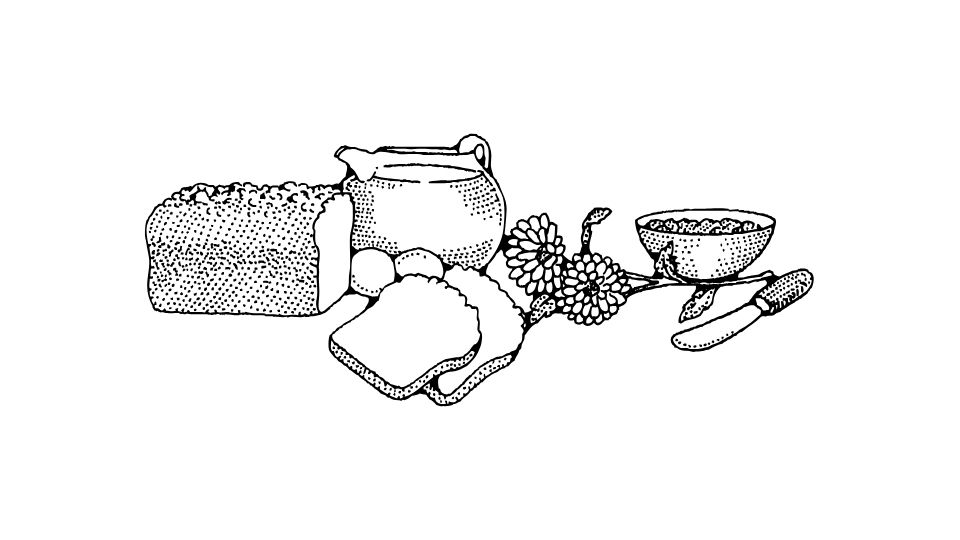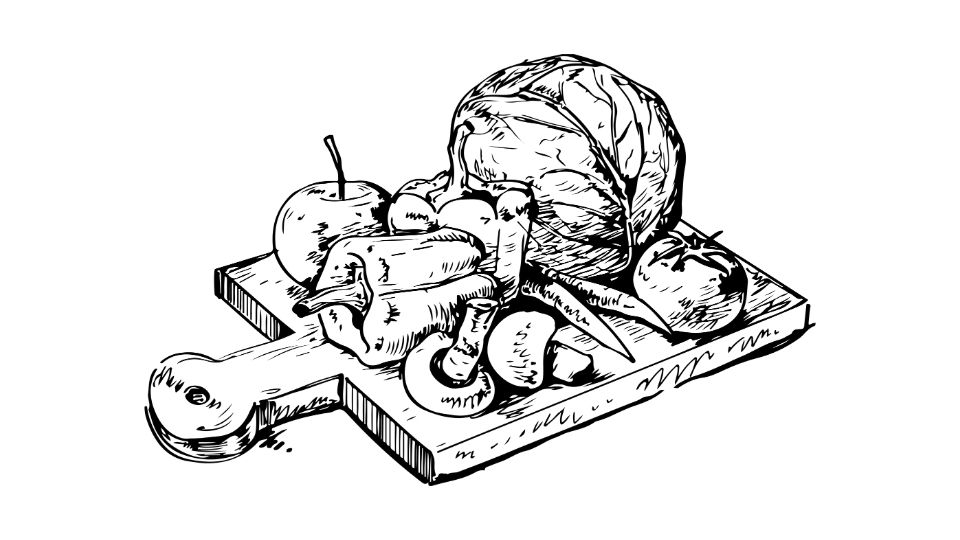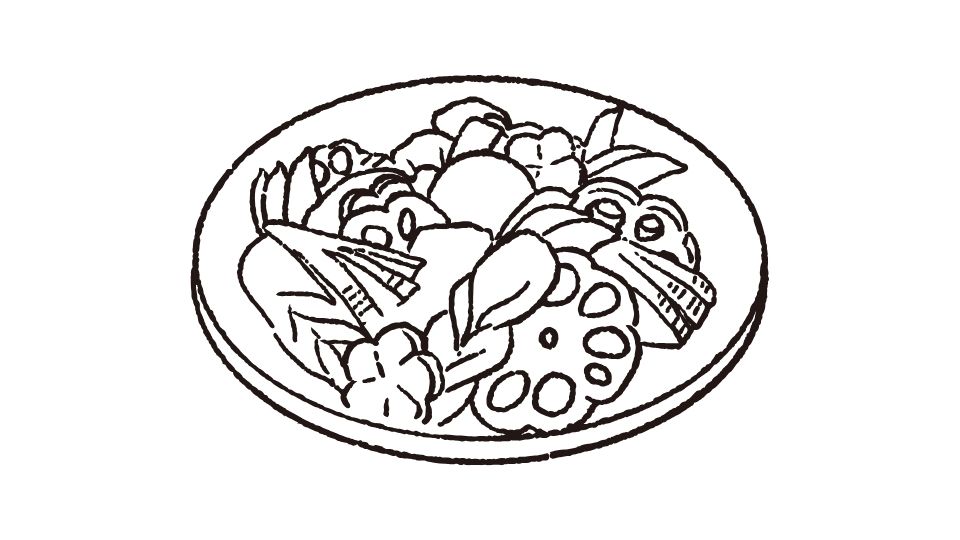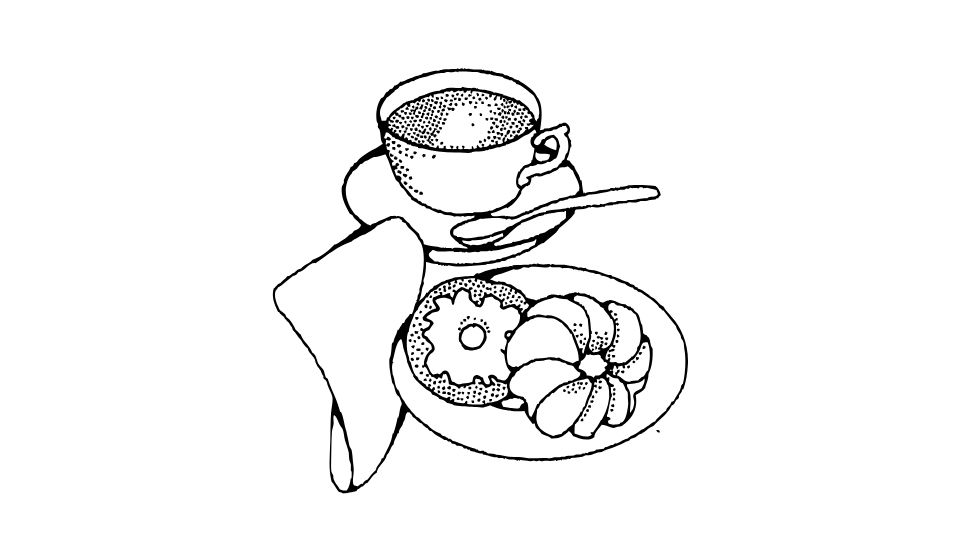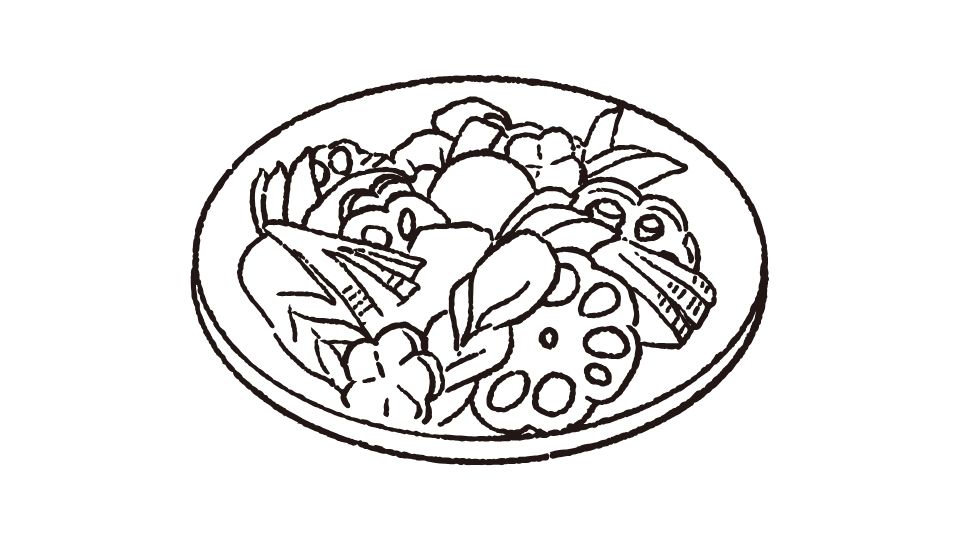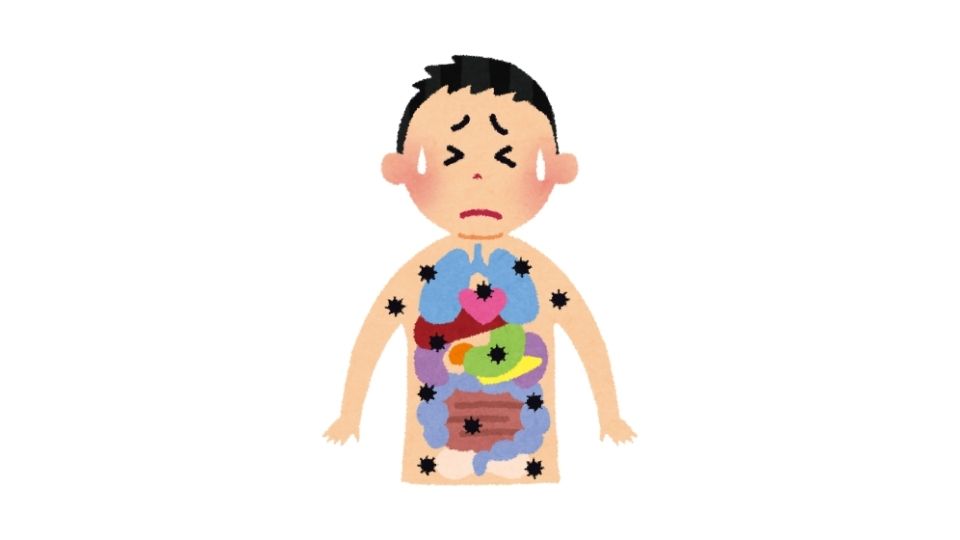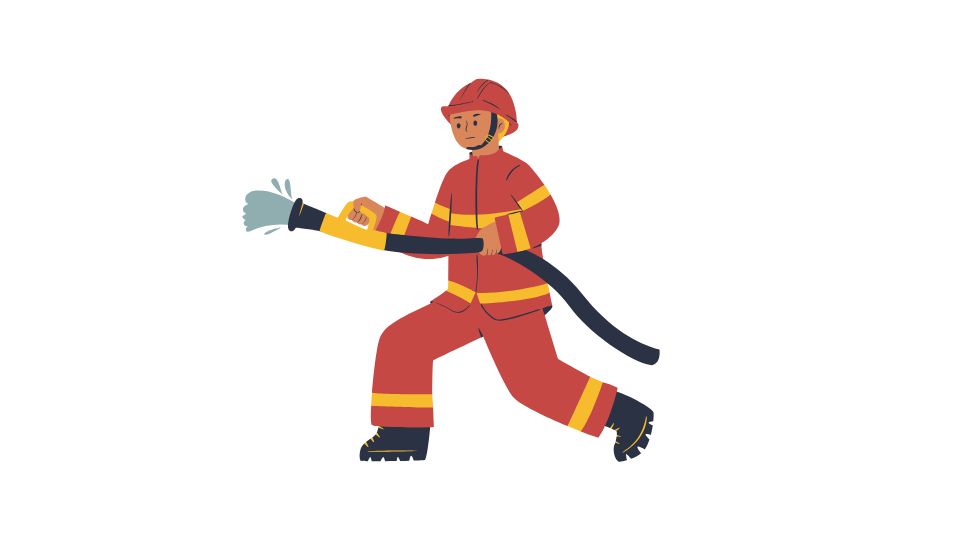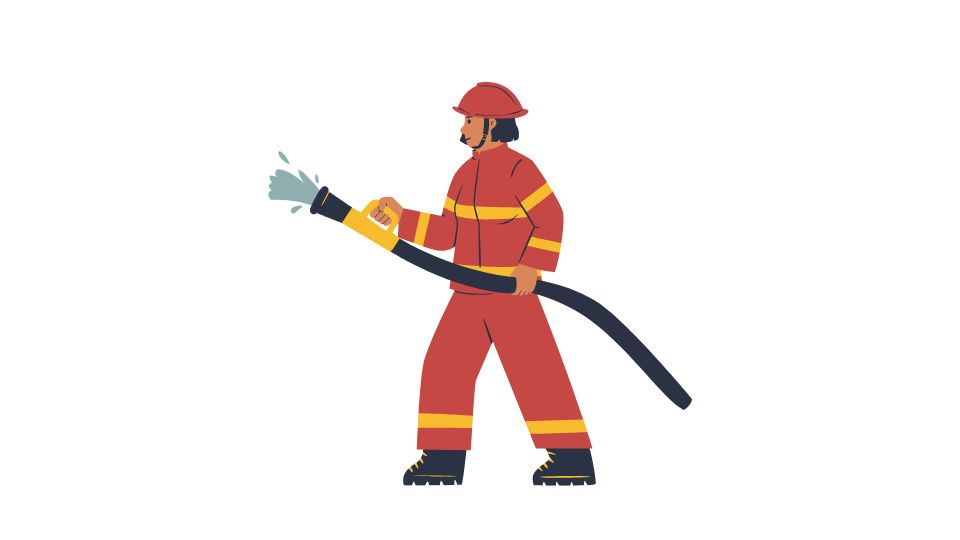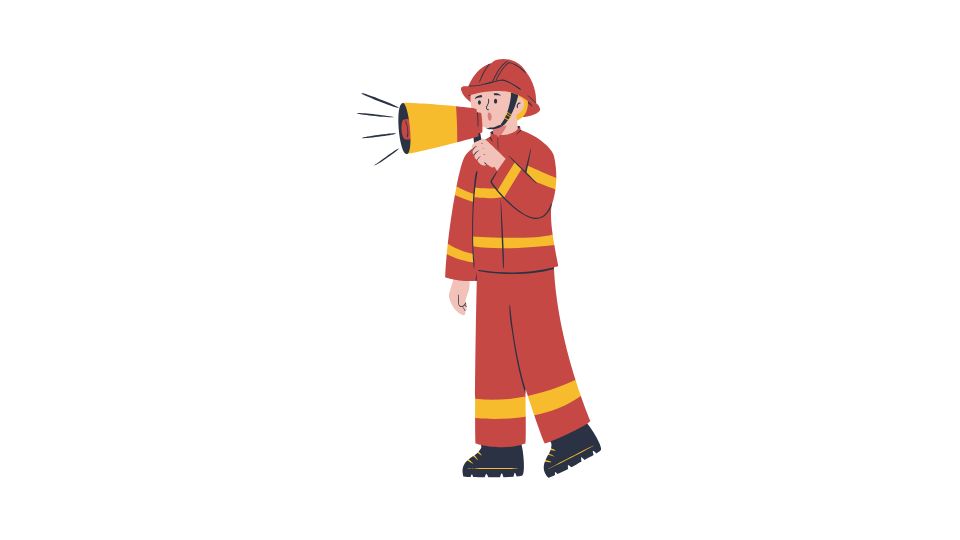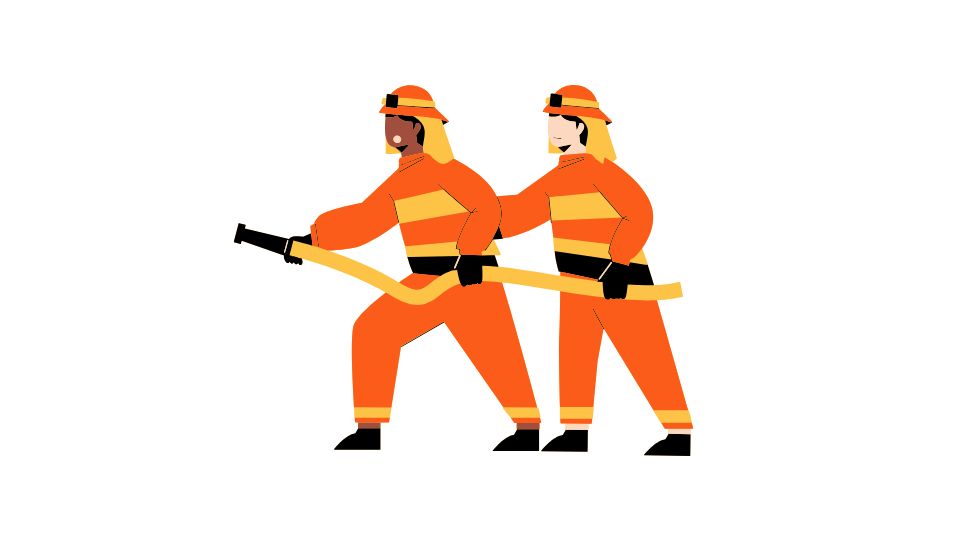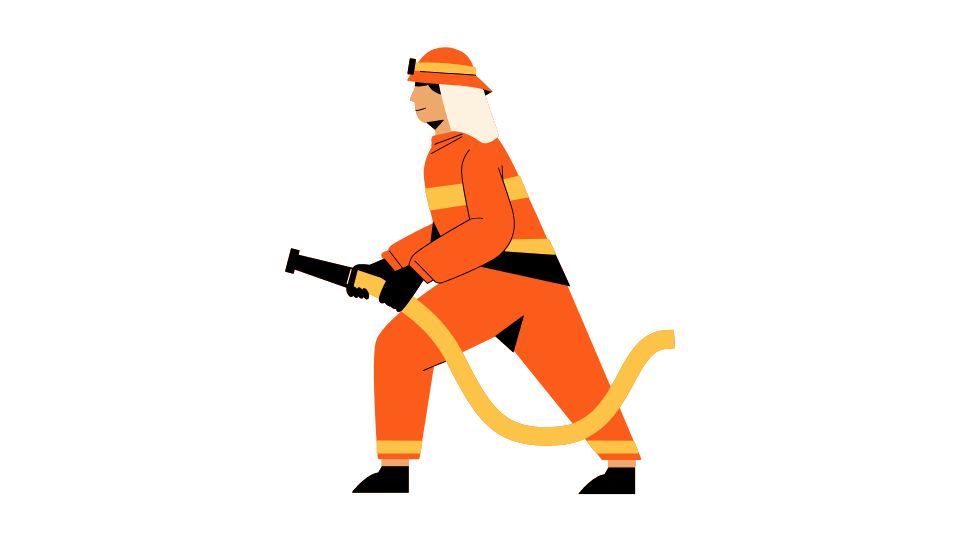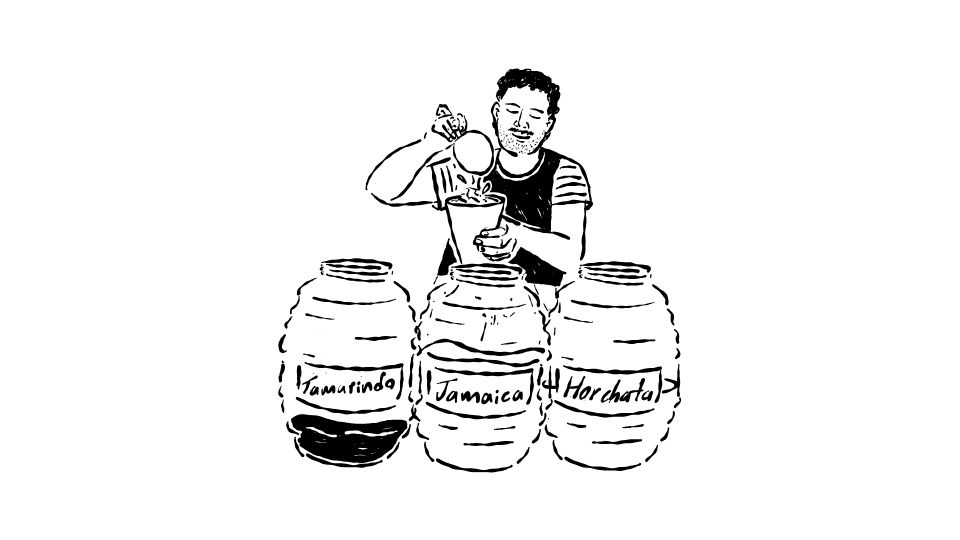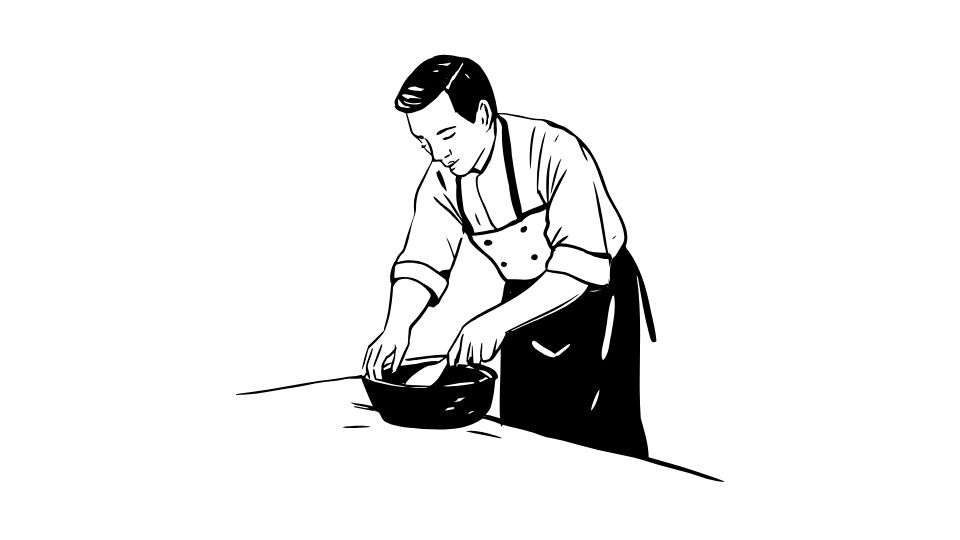Our kids are getting fatter and lazier – and it’s seriously messing with their health.
The numbers don’t lie. Childhood obesity rates are skyrocketing around the world, setting up our youngest generation for a lifetime of health problems if we don’t get our act together.
But before you panic or point fingers, let’s dive into what’s actually happening, why it matters, and what we can actually do about it (spoiler: it’s not just about making kids eat more broccoli).

The Childhood Fitness Crisis: What’s Really Going On
Remember when kids used to play outside until the streetlights came on?
Those days are disappearing fast. Today’s children are spending more time with screens than with trees, and the consequences are showing up in some pretty alarming statistics.
The Numbers Are Getting Scary

From 2000 to 2022, the percentage of overweight kids under five increased from 5.4% to 5.7%. That might not sound like much, but we’re talking about millions of children affected, especially in Asia and Africa.
For older kids and teens (ages 5-19), it gets worse. Experts predict that by 2025, 206 million children will have obesity, and that number jumps to 254 million by 2030.
The Lancet predicts that by 2050, one-third of all kids worldwide will be overweight or obese if we don’t do something drastic.
In America, the situation is already critical – nearly one in five kids aged 2-19 has obesity, with higher rates among certain racial groups and lower-income families.
Why This Matters (Beyond Just Appearance)
This isn’t just about how kids look in their school photos.
Childhood obesity significantly increases the risk of:
- Type 2 diabetes (which used to be called “adult-onset” until kids started getting it)
- Heart disease
- Certain cancers
- Mental health issues including depression and anxiety
The scariest part? These aren’t just adult problems anymore. We’re seeing 8-year-olds with fatty liver disease and teenagers with high blood pressure.
Plus, the economic impact is massive – higher healthcare costs, reduced quality of life, and a society-wide burden that affects everyone.
Why Are Kids Getting Less Fit?
It’s easy to blame parents or kids themselves, but the truth is more complicated. Several factors are working together to create this perfect storm:
Screen Time Is Winning Over Playtime
Let’s be honest – screens are addictive. They’re designed to be. The average American kid now spends 7+ hours daily on entertainment screens.
That’s time not spent:
- Running
- Climbing
- Swimming
- Biking
- Playing sports
- Or just moving their bodies in general
Food Is More Processed Than Ever
Our food system has changed dramatically. Kids today are consuming:
- More ultra-processed foods
- More sugar
- More artificial ingredients
- Larger portions
- Less fiber
- Fewer fruits and vegetables
The result? Empty calories that pack on pounds without delivering nutrition.
Environmental Roadblocks
Even kids who want to be active face challenges:
- Fewer safe places to play
- Reduced physical education in schools
- Parents too busy or stressed to facilitate activity
- Communities designed for cars, not walking or biking
The Inequality Factor
Not all kids have equal opportunity for fitness. Studies show that obesity rates are significantly higher among:
- Hispanic and Black children
- Kids from low-income families
- Those living in certain geographic regions
This reveals that social determinants of health – factors like income, education, and neighborhood safety – play a huge role in who gets to be healthy.
What’s Being Done (And Is It Enough?)

Despite the clear danger signs, two-thirds of countries have limited or no policies targeting obesity prevention. Only a small fraction have healthcare systems prepared to manage this growing crisis.
Without major policy reforms and community interventions, we’re on track to blow past global health targets and create a generation with shorter lifespans than their parents.
Taking Action in Your Own Home
While we need system-wide changes, there are things you can do right now:
- Move as a family – Make physical activity fun, not punishment. Dance parties count!
- Limit screen time with clear boundaries
- Stock your kitchen with more whole foods
- Track what your family eats – awareness is the first step to change
Speaking of tracking, meal tracking apps can be game-changers for families. Services like MealByMeal.com let you simply text your meals and get instant feedback on calories and nutrients.
This kind of easy tracking helps families make better choices without the usual hassle of logging every bite.
Small Changes Add Up

Remember, the goal isn’t perfection. Even small improvements in diet and activity levels can make a big difference in kids’ health outcomes.
For example, replacing sugary drinks with water, adding 30 minutes of family activity daily, or using meal planning tools to improve your family’s nutrition balance can create meaningful change.
The Bottom Line

Our kids are facing a physical fitness crisis that threatens their health now and into adulthood. The causes are complex – from digital distractions to processed foods to environmental barriers – but the solution starts with awareness.
By understanding the scale of the problem and taking action both personally and politically, we can help reverse these trends.
Whether it’s advocating for better school lunches, using tools to track family nutrition, getting kids involved in meal prep, or simply turning off devices and heading outside more often, every step counts.
The future health of our children depends on the choices we make today. And while the statistics are alarming, the good news is that kids’ bodies are remarkably resilient.
With the right support, they can develop healthy habits that last a lifetime.










